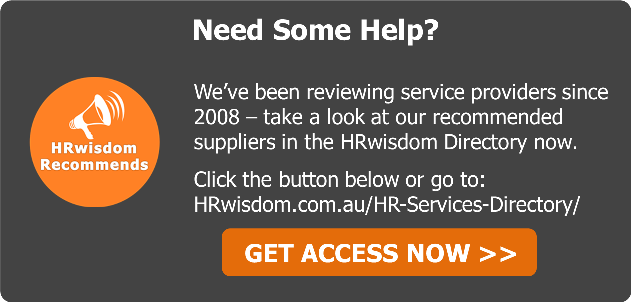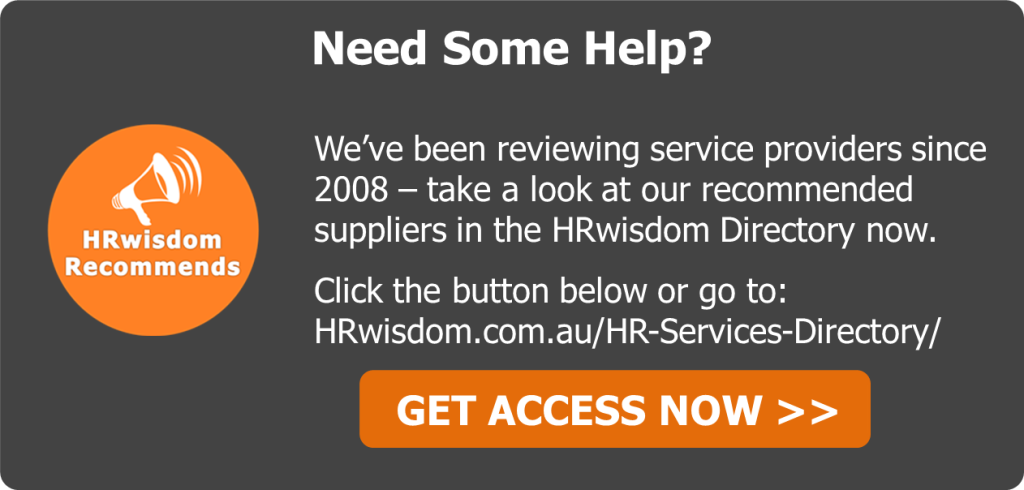Major new research and advice on workforce productivity by global consulting firm Ernst & Young has added weight to the seven step high performance process outlined in a recent HRwisdom workforce productivity presentation. 
The free presentation (click here to see the: high performance team presentation) was conducted by the lead consultant from an award-winning human resources consulting firm in Brisbane.
The Ernst & Young data was recently published as the ‘Australian Productivity Pulse’ (we’ve put the link to the report in our Free Resources area – just log in now for free using the login form over on the right hand side).
Workforce Productivity Report
The Australian Productivity Pulse suggested that around $109 billion in wages is wasted every year due to poor productivity issues.
The report found that, at an individual employee level, work done that adds ‘real value’ equals 58% of the working day whilst activities such as personal development & networking account for 24%.
Eighteen per cent of the average working day is spent doing work that ‘wastes time and effort’ – an astonishing figure.
Other Resources You Might Like:
Financial Awareness Staff Training Module (Free Use For 1 Week)
How To Manage Redundancies Without Destroying All Employee Goodwill
Recommended HR Consulting Firms in Australia
Areas Of Workplace Productivity To Improve
The Australian Productivity Pulse identifies four main areas to improve:
- People management issues: developing and utilising the full talents and capabilities of human capital.
- Organisation structure, design and operating model: removing all wasteful, bureaucratic, and non-value work and outputs.
- Innovation: being deliberate and audacious with an innovation agenda.
- Technology: being more ambitious and effective in process automation and technological change.
Of interest were also the Pulse’s findings that thirty-two percent of employees are planning to leave their organisation in the next 12 months.
A further thirty-five per cent of staff are already pursuing external opportunities.
50% of the employees surveyed felt that a lack of career direction inside their organisation was forcing them to look elsewhere to achieve their career goals.
To read the report, just log in to the free HRwisdom resources area now (use the form over on the right hand side).
Get More Good Advice On Workforce Productivity Here
Don’t forget to watch the excellent free HRwisdom presentation: The 7 Things That Set High Performing Organisations Apart.
The free staff management presentation provides excellent advice on workforce productivity.
During this free on-demand webinar presentation, you’ll get:
- Practical insights into the important things that set high performing organisations apart.
- The seven things that make them high performers.
- Five simple steps to take action on this powerful information.
You can see the presentation here: Good Advice on Workforce Productivity Presentation
HRwisdom














